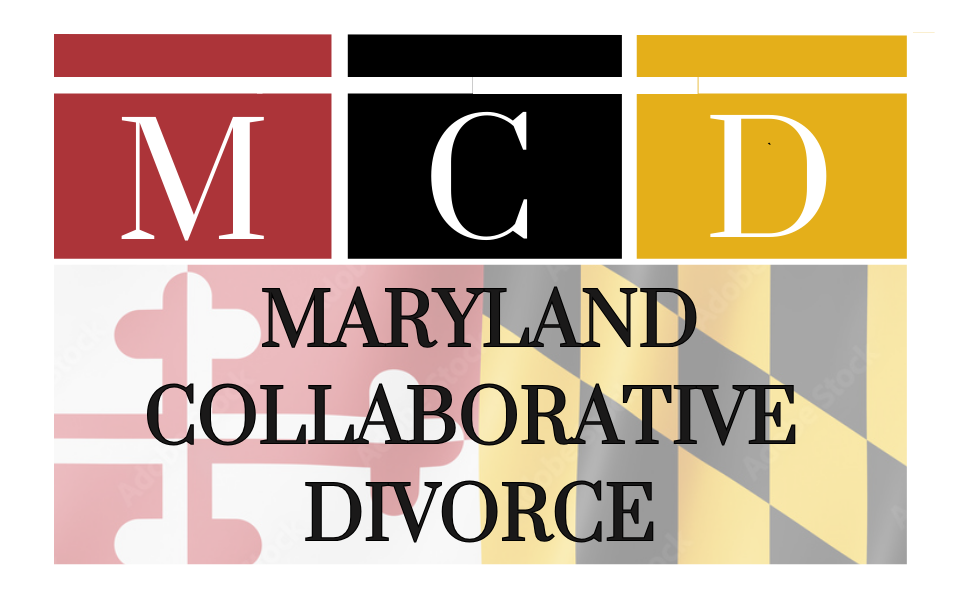The guest author of this article is Kelly Krupinsky, Esq, Senior Associate, Jacobson Family Law.
Divorce is often associated with conflict, lengthy court battles, and emotional turmoil. However, an alternative approach—collaborative divorce—offers a more amicable path. Despite its growing popularity, misconceptions about this process persist. Let’s debunk some of the most common myths and shed light on why collaborative divorce might be the right choice for many couples.
Myth 1: Collaborative Divorce Is Only for Amicable Couples
Reality: Collaborative divorce doesn’t require you to start as friends; it requires a commitment to work together constructively. Even couples experiencing tension or disagreement can benefit. The process is designed to foster open communication and respectful problem-solving, supported by trained professionals who guide the conversation.
Myth 2: It’s Just Like Mediation
Reality: While both processes aim to avoid court, collaborative divorce can provide additional support for divorcing couples. Collaborative divorce can include a neutral party like a mediator to facilitate discussions between the parties as well as each spouse having their own attorney who provides guidance and ensures their interests are represented. The collaborative team may also include financial experts, child specialists, or therapists, depending on your needs.
Myth 3: It’s More Expensive Than Traditional Divorce
Reality: Collaborative divorce often costs less than litigation. By avoiding court appearances, lengthy legal battles, and unnecessary delays, couples save time and money. The process focuses on efficient solutions tailored to your family, reducing the emotional and financial toll.
Myth 4: You Can’t Go to Court if the Process Fails
Reality: While collaborative divorce aims to avoid court, it’s true that the attorneys involved cannot represent you in litigation if the process breaks down. This rule encourages everyone to fully commit to finding a resolution. However, if litigation becomes necessary, you’re free to hire new attorneys and proceed.
Myth 5: It’s Not Legally Binding
Reality: Agreements reached in a collaborative divorce are as legally binding as those determined in court. Once both parties finalize the agreement, it’s submitted to the court for approval, just like any other divorce settlement.
Myth 6: It’s Not Suitable for Complex Cases
Reality: Collaborative divorce is well-suited for complex situations. With access to a team of experts—including financial advisors, appraisers, and child specialists—couples can address intricate issues such as asset division, business valuations, and parenting plans in a personalized and informed manner.
Myth 7: It’s Just About Being Nice
Reality: While collaboration encourages civility, it’s not about being “nice” but about being practical and solution-focused. The process is structured to help couples reach fair, mutually acceptable outcomes while prioritizing long-term well-being over short-term wins.
Why Consider Collaborative Divorce?
Collaborative divorce empowers couples to take control of their separation, prioritize their children’s needs, and maintain a respectful relationship post-divorce. By breaking free of adversarial tactics, this process offers a path that’s not only less stressful but also more constructive for the entire family.
Conclusion
Don’t let myths about collaborative divorce deter you from considering this innovative approach. By working with experienced collaborative professionals, you can navigate divorce with dignity, clarity, and a focus on building a stronger future.

